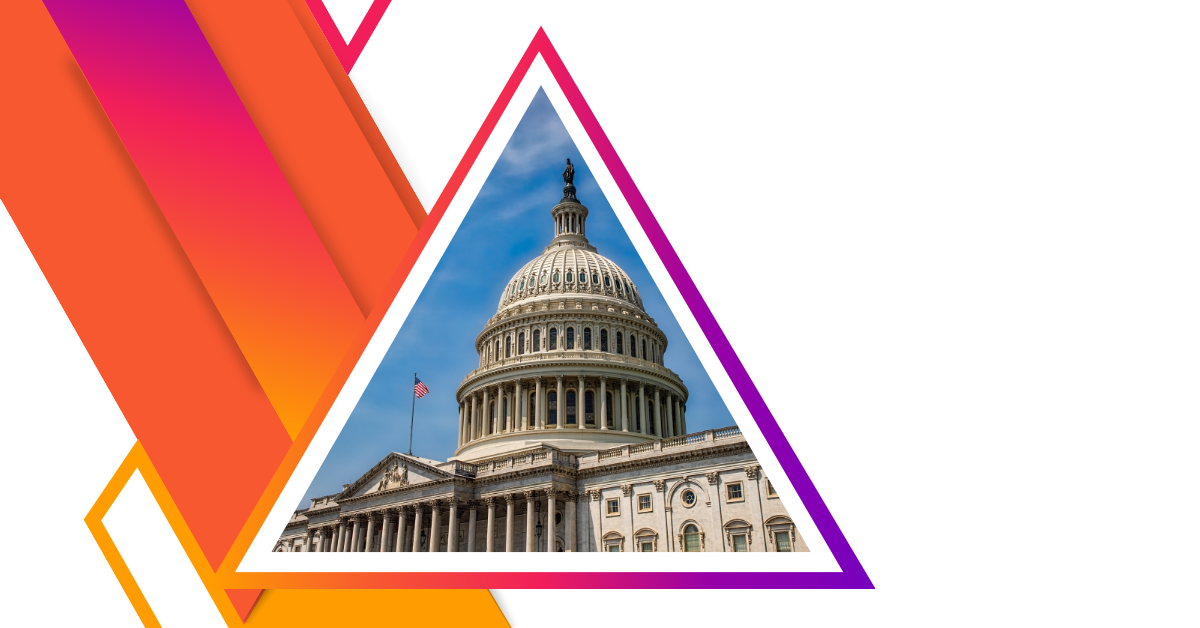On November 12, President Donald Trump signed a bill into law officially bringing an end to the 43-day federal government shutdown, the longest shutdown in U.S. history. The bill was first narrowly approved by the Senate on November 10 by a vote of 60-40 (60 votes were required for passage) followed by House approval on the 12th by a vote of 222-209. Under the new law, the National Institutes of Health (NIH) is temporarily funded through January 30, 2026.
Negative Impacts of the Shutdown and AAI Statement
During the federal government shutdown, NIH was operating at a very minimal capacity. About 75% of its intramural staff were furloughed, no new patients were admitted to the NIH Clinical Center, training for graduate students and postdoctoral fellows was halted at all NIH facilities, and NIH could not conduct, or send staff to, scientific meetings. The impact on the extramural community was also quite palpable. No new awards were issued by NIH during this 43-day stoppage, and neither peer review nor advisory council meetings were held.
AAI President Ulrich von Andrian, M.D., issued a statement on November 3 urging a rapid, bipartisan agreement to reopen the federal government. The intent of the statement was to draw more attention to the real and destructive effects of a long-term shutdown on the scientific enterprise. In October, AAI sent an e-alert to members providing information and helpful resources about the shutdown, as well as a link to directly contact their Members of Congress to explain how a shutdown hurts their labs and institutions.
Funding Patch for Some Departments, Full-Year Funding for Others
The new law provides full-year funding for fiscal year (FY) 2026 for all of the departments and agencies funded by the appropriations bills for Agriculture/Food and Drug Administration, Military Construction/Veterans Affairs, and the Legislative Branch (which supports Congress’ operations). The other nine appropriations bills for FY 2026, including the Labor, Health and Human Services, Education, and Related Agencies bill (Labor-HHS; which funds NIH, ARPA-H, and CDC), are supported by a short-term funding bill, known as a continuing resolution (CR), through January 30, 2026.
Under the CR, NIH will be able to restart most of its normal operations. NIH issued a Notice on November 14 offering interim guidance on its reopening procedures. The Notice states that all peer review meetings and council meetings that were scheduled to take place between October 1 and November 14 will be rescheduled. NIH will also be rescheduling all of its grant application submission deadlines. NIH is expected to release additional details in the coming weeks.
What’s Next for NIH Funding?
AAI continues to strongly advocate for an NIH funding increase for FY 2026. AAI is urging Congress to support, at minimum, the $400 million NIH funding increase that was already adopted by the Senate Appropriations Committee earlier this year by a strongly bipartisan vote of 26-3.
Senate leaders are currently working on grouping together several of the remaining appropriations bills for FY 2026 into a “minibus” package. This package could include both the Labor-HHS bill and the bill that provides funding for the Department of Defense. With the Senate set to adjourn for its Thanksgiving break on November 20, these negotiations will likely be stalled until early December.




